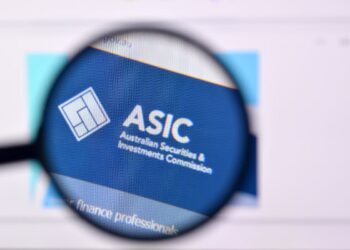The Australian exchange traded fund (ETF) market has grown to just over $50 billion in assets under management in the second quarter of 2019, according to the latest figures from the Australian Securities Exchange (ASX).
With the tailwinds of strong market returns and robust cash flows, the ETF market has grown by $10 billion or 25 per cent in the first half of 2019.
ETF investors in Q2 2019 continued to display a flight to more defensive products with the first half of the year seeing Australian fixed income ETFs receiving in the largest proportion of cash flows of any asset class.
Duncan Burns, Vanguard’s head of equity index Asia Pacific, said cash flows into Australian shares ETFs returned normal levels during the June quarter, after a slow start of the year, potentially reflecting the outcome of the election with fears over franking changes put to rest.
“The heightened interest in fixed income is potentially reflecting investors’ concerns about equity market growth prospects, with recently announced interest rate cuts not seeming to deter investors,” Burns said.
“Including an allocation to fixed income in your portfolio is a great way to increase balance and diversification, but we would caution that, as with any asset allocation decisions, it should be done in line with investors’ long-term goals, rather than a reaction to market events or cycles.”





